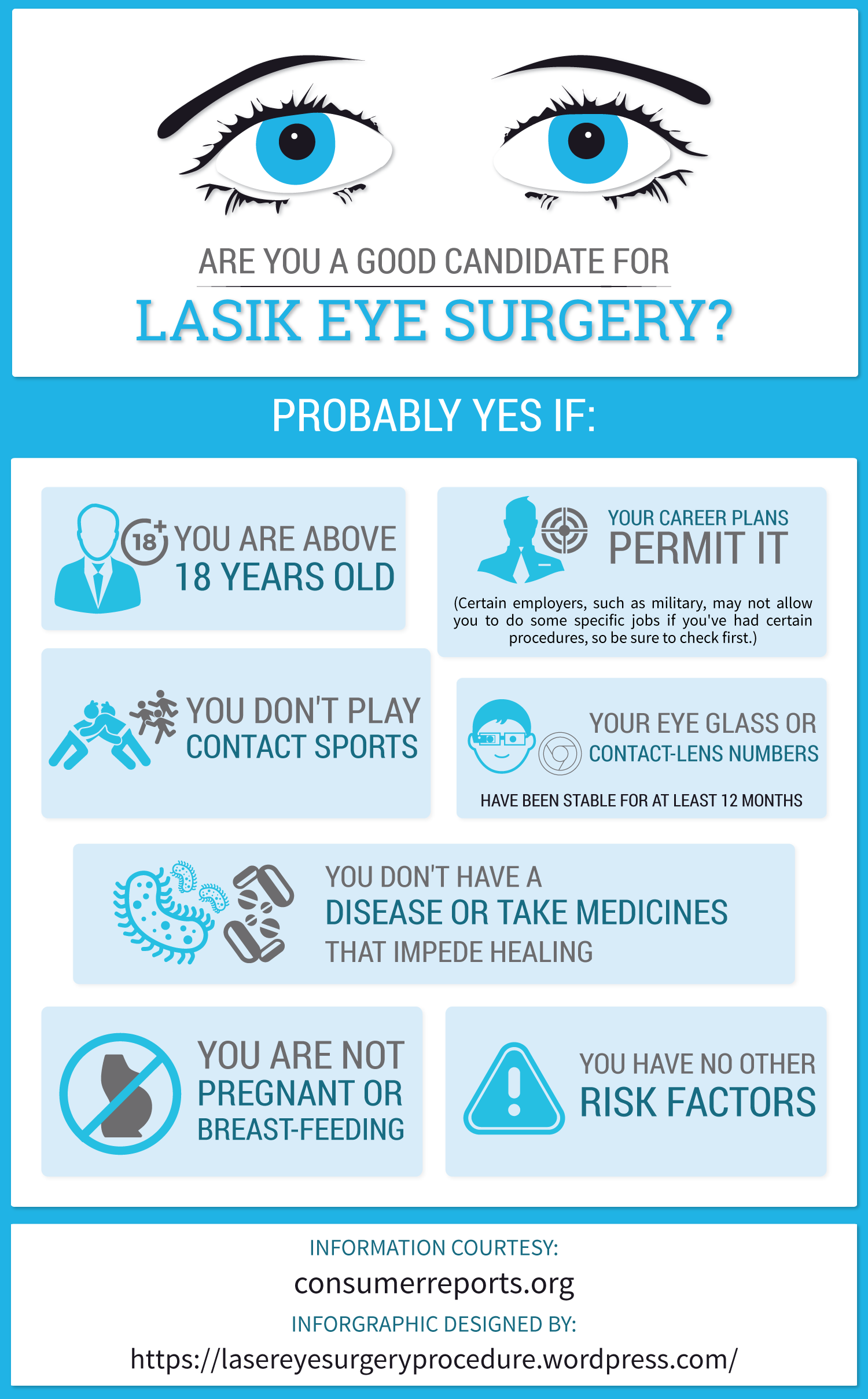Exactly How Does SMILE Eye Surgery Compare To LASIK And PRK?
Exactly How Does SMILE Eye Surgery Compare To LASIK And PRK?
Blog Article
Written By-Weber Wilder
If you have actually been thinking about SMILE eye surgical treatment, you could question exactly how it compares to LASIK and PRK. Each procedure has its very own collection of advantages and considerations. From quicker recuperation times to possible threats, there are key distinctions you ought to understand before choosing. Comprehending these differences will help you make an educated choice that aligns with your details requirements and assumptions. Interested to know even more regarding how these procedures contrast carefully? Keep checking out to obtain an extensive understanding of SMILE, LASIK, and PRK.
SMILE Eye Surgical Treatment Introduction
If you're taking into consideration SMILE eye surgical procedure, you'll find it to be a minimally intrusive procedure with a quick healing time. Throughout SMILE (Small Cut Lenticule Extraction), a laser is used to create a tiny, precise incision in the cornea to eliminate a small piece of cells, reshaping it to correct your vision. Laser Eye Surgery Is It Worth It differs from LASIK, where a flap is developed, and PRK, where the external layer of the cornea is entirely eliminated.
Among the vital advantages of SMILE is its minimally intrusive nature, bring about a faster recovery procedure and much less discomfort post-surgery. The healing time for SMILE is fairly quick, with several people experiencing boosted vision within a day or 2. This makes it a prominent option for those seeking a convenient and efficient vision adjustment procedure. In addition, SMILE has been revealed to have a reduced risk of completely dry eye disorder compared to LASIK, making it a desirable alternative for individuals concerned about this possible negative effects.
Distinctions In Between SMILE, LASIK, and PRK
When contrasting SMILE, LASIK, and PRK eye surgeries, it is necessary to comprehend the distinctive strategies utilized in each treatment for vision adjustment.
SMILE (Tiny Laceration Lenticule Extraction) is a minimally invasive treatment that entails creating a tiny incision to remove a lenticule from the cornea, improving it to deal with vision.
LASIK (Laser-Assisted Sitting Keratomileusis) includes creating a slim flap on the cornea, using a laser to reshape the underlying tissue, and then repositioning the flap.
PRK (Photorefractive Keratectomy) eliminates the external layer of the cornea prior to reshaping the tissue with a laser.
The main distinction lies in the way the cornea is accessed and dealt with. SMILE is flapless, making it an excellent alternative for individuals with slim corneas or those associated with call sports. LASIK uses quick visual healing due to the flap creation, however it may present a greater risk of flap-related difficulties. PRK, although having a longer healing period, avoids flap-related issues completely.
Comprehending these differences is vital in choosing the most ideal procedure for your vision adjustment requirements.
Advantages And Disadvantages Contrast
To examine the benefits and disadvantages of SMILE, LASIK, and PRK eye surgeries, it's vital to think about the specific benefits and possible limitations of each treatment. SMILE surgery offers the benefit of a minimally invasive procedure, with a smaller sized laceration and possibly quicker recuperation time compared to LASIK and PRK. It likewise lowers the danger of completely dry eye post-surgery, a typical side effect of LASIK. However, SMILE may have constraints in treating higher levels of nearsightedness or astigmatism compared to LASIK.
LASIK surgery gives quick aesthetic healing and marginal discomfort throughout the procedure. It's very reliable in dealing with a variety of refractive errors, consisting of myopia, hyperopia, and astigmatism. Yet, Average LASIK Surgery Cost brings a danger of flap difficulties, which can impact the corneal framework.
you can try this out , while not as prominent as LASIK, prevents producing a corneal flap, lowering the risk of flap-related complications. It's suitable for clients with thin corneas or irregular corneal surface areas. However, PRK has a much longer recovery time and may entail extra pain during the recovery process.
Final thought
So, when it comes to selecting between SMILE, LASIK, and PRK, think of it like picking the perfect set of shoes. SMILE resembles a sleek, comfy pair of sneakers - fast and simple.
LASIK is much more like fashionable high heels - flashy and quick, yet with some potential threats.
PRK is like tough treking boots - trustworthy and resilient, yet calling for a bit even more effort and time.
Ultimately, the very best option relies on your specific needs and choices.
